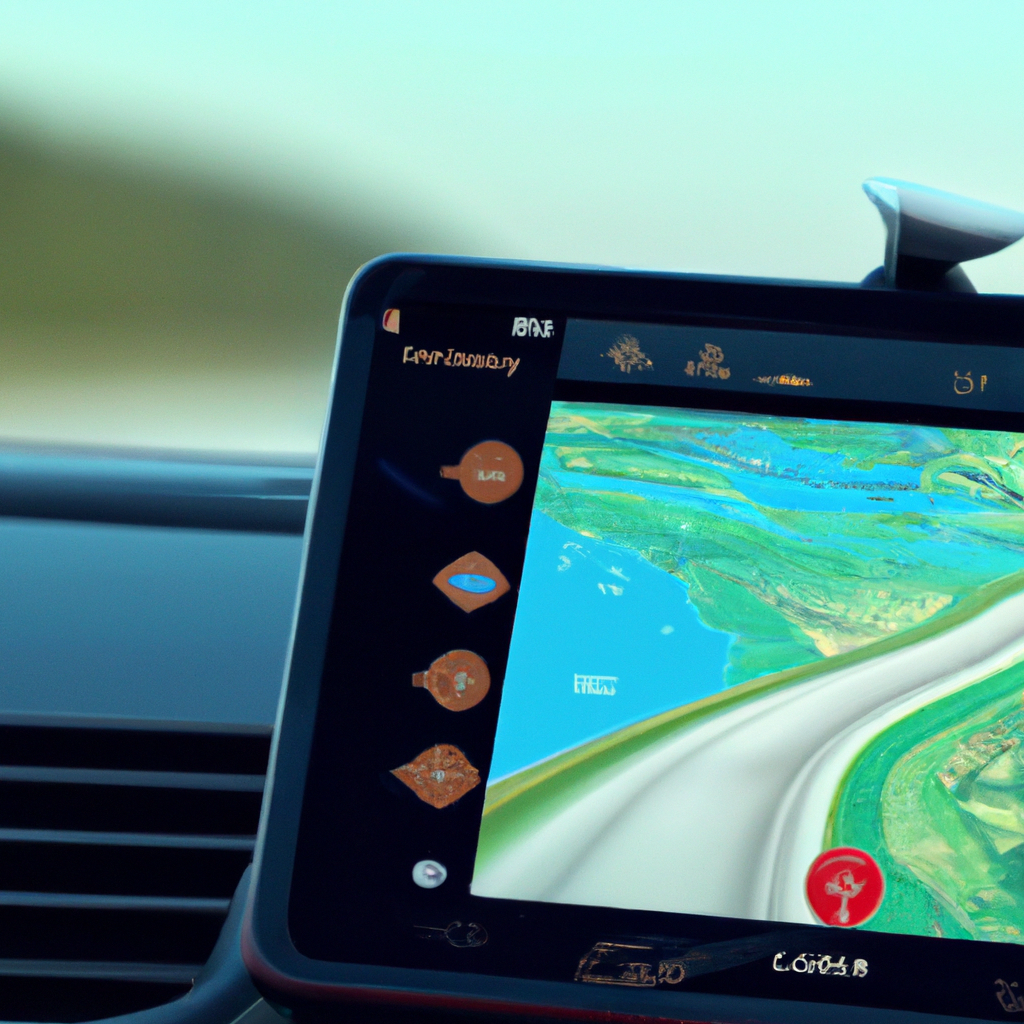GPS (Global Positioning System) technology has become an integral part of modern-day vehicle navigation and tracking systems. This technology has revolutionized the way we travel and has made it easier for people to find their way around. In this article, we will delve into the details of how GPS works in vehicles and explore the various aspects of the technology.
Understanding GPS Technology
The GPS system consists of a network of satellites that orbit the Earth. These satellites continuously transmit signals to GPS devices, providing them with information about their location, speed, and direction. GPS devices use this information to determine the user’s location and provide navigation instructions. GPS technology is used in various applications, including vehicle navigation, location-based services, and GPS tracking systems.
Satellite Tracking
The GPS system comprises a constellation of 24 satellites that orbit the Earth. These satellites are positioned in such a way that at least four of them are visible from any location on Earth at any given time. The GPS device receives signals from these satellites and calculates the user’s location based on the time it takes for the signals to travel from the satellites to the device.
Location-Based Services
Location-based services (LBS) are applications that utilize GPS technology to provide users with information based on their location. These services are typically offered through mobile applications and can include directions to nearby restaurants, gas stations, or other points of interest. LBS can also be used to track vehicles or other assets and provide real-time location information.
GPS Tracking Systems
GPS tracking systems are used to monitor the location and movements of vehicles, equipment, or other assets. These systems typically consist of a GPS device that is installed in the vehicle or asset and a software application that allows the user to track its location. GPS tracking systems are commonly used in fleet management, logistics, and security applications.
How GPS Works in Vehicles
GPS devices used in vehicles are typically mounted on the dashboard or windshield and use a combination of satellite signals and map data to provide turn-by-turn directions. The device receives signals from the GPS satellites and uses the information to calculate the user’s location. The device then compares the user’s location to the map data to determine the best route to the destination.
GPS devices can also provide real-time traffic updates, which can help the user avoid traffic congestion and reach their destination faster. This is done by analyzing the speed and location of other GPS-enabled vehicles on the road and providing alternative routes based on the traffic conditions.
GPS devices used in vehicles can also be integrated with other technologies, such as smartphones and voice assistants, to provide a more seamless experience. For example, some GPS devices allow users to make hands-free calls or send text messages using voice commands.
Conclusion
GPS technology has become an indispensable tool for vehicle navigation and tracking. The system’s ability to provide real-time location information has revolutionized the way we travel and has made it easier for people to find their way around. Whether you are driving to work, exploring a new city, or managing a fleet of vehicles, GPS technology can help you get where you need to go. With the continued advancement of technology, we can only expect GPS to become even more integrated into our lives in the future.







